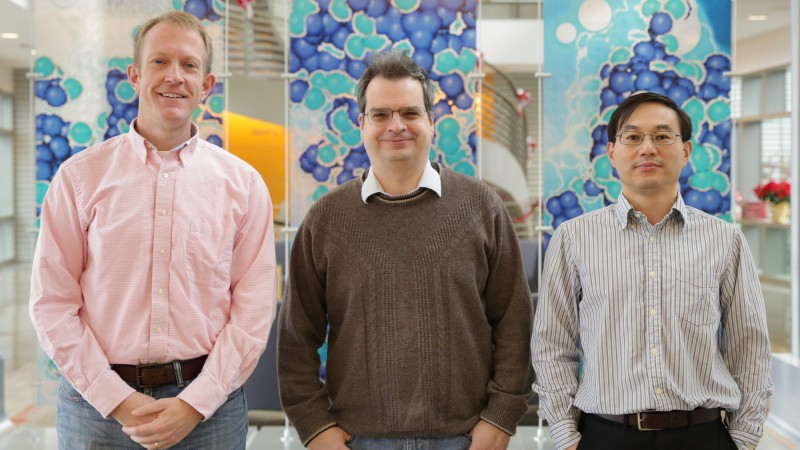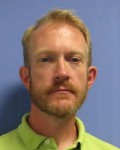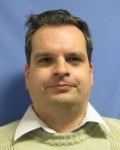Scientists using neutron scattering methods to look at the behavior of materials under stress or during phase changes and chemical reactions can view processes from new angles using event-based data. Understanding phase changes and chemical reactions is vital to the design of next-gen consumer products such as better batteries, more powerful electronic devices, cars with improved fuel efficiency, and safer, more effective medical applications.
Event-based data collection methods—by which data are collected throughout a process at intervals just fractions of a second long—help scientists to more easily pinpoint when a phase change occurs, when individual parts of a chemical reaction take place, or when a material upon which a force is applied gives way.
Traditional methods by contrast allow researchers only to confirm that a phase change, chemical reaction, or break took place because data are collected at the end of an experiment. This limits scientists’ ability to draw conclusions about how a process unfolds over time.
Pete Peterson, Andrei Savici, and Wenduo Zhou, all software scientists with the Neutron Sciences Directorate’s Spallation Neutron Source, want to spur adoption of event-based data collection techniques among all SNS users, not just the specialists who use them now.
Peterson likens event-based data collection to collecting information on people as they enter a concert hall. “Instead of waiting until all the people are in the concert hall, you can record them as they’re walking in,” said Peterson. “You would still collect the same information in total, but the method would allow you to design a hypothesis, for example, of how they fill in or what demographic comes early or late.”
Event-based methods provide researchers with important additional advantages. If an experiment fails part-way through, Savici said, data taken up to that point will still be useful for looking at parts of the process.
Time-dependent data collection may also reduce the amount of data taken and shorten experiment time, making research more efficient. “If you are collecting data every few seconds or minutes, you can say, ‘I have enough statistics now. I can stop and measure something else,’” Savici said.
And having more precise data results allows scientists to design stronger follow-on experiments because they are based on more specific information.
The paper Peterson, Savici, and Zhou published recently in Review of Scientific Instruments highlights test cases they used to prove the efficacy of event-based data collection methods method for a wide range of neutron scattering experiments. They say neutron scattering research in areas such as engineering diffraction, chemistry, materials science, and quantum materials can benefit.
Materials studies provide a good example, Zhou said, of how event-based data collection methods can enrich neutron scattering research. “SNS users may apply force on an alloy to stretch it until it reaches its breaking point. The experiment can then progress until the alloy fractures while neutron data are collected. Then the collected event data could be sliced according to statistics or change of force as needed.”
Much of the team’s research is being applied to Mantid, an international collaboration of neutron scattering facilities around the world that supports high-performance computing and visualization of materials science data.
This research was partly funded by a Department of Energy Office of Science Early Career Research Program award. Neutron scattering experiments used to provide proof of concept for the researchers’ data collection methods were sponsored by the DOE Office of Science. SNS is a DOE Office of Science user facility.—Laurie Varma
SNS is a DOE Office of Science User Facility. UT-Battelle manages ORNL for DOE’s Office of Science. The Office of Science is the single largest supporter of basic research in the physical sciences in the United States and is working to address some of the most pressing challenges of our time. For more information, please visit http://science.energy.gov/.






